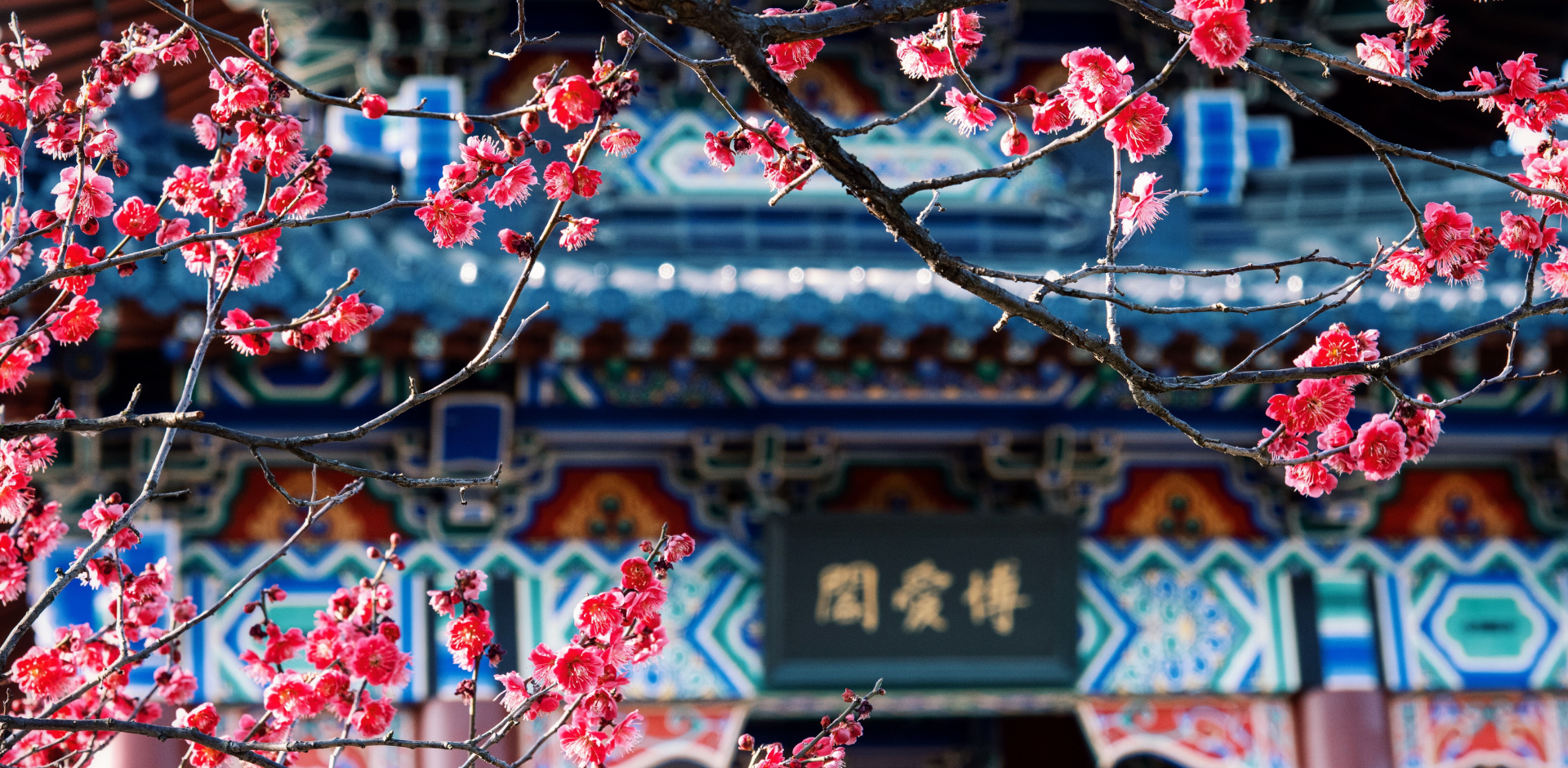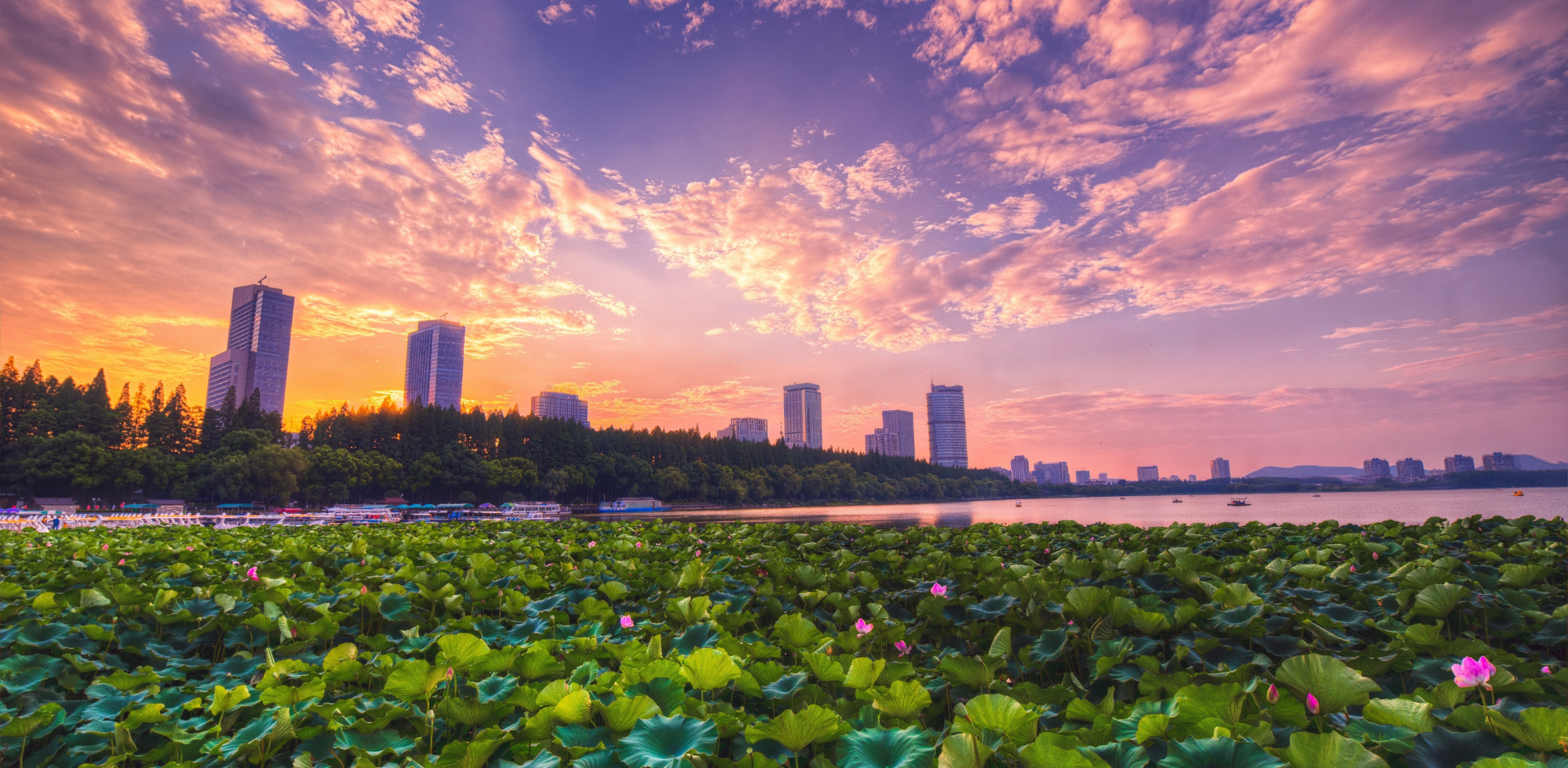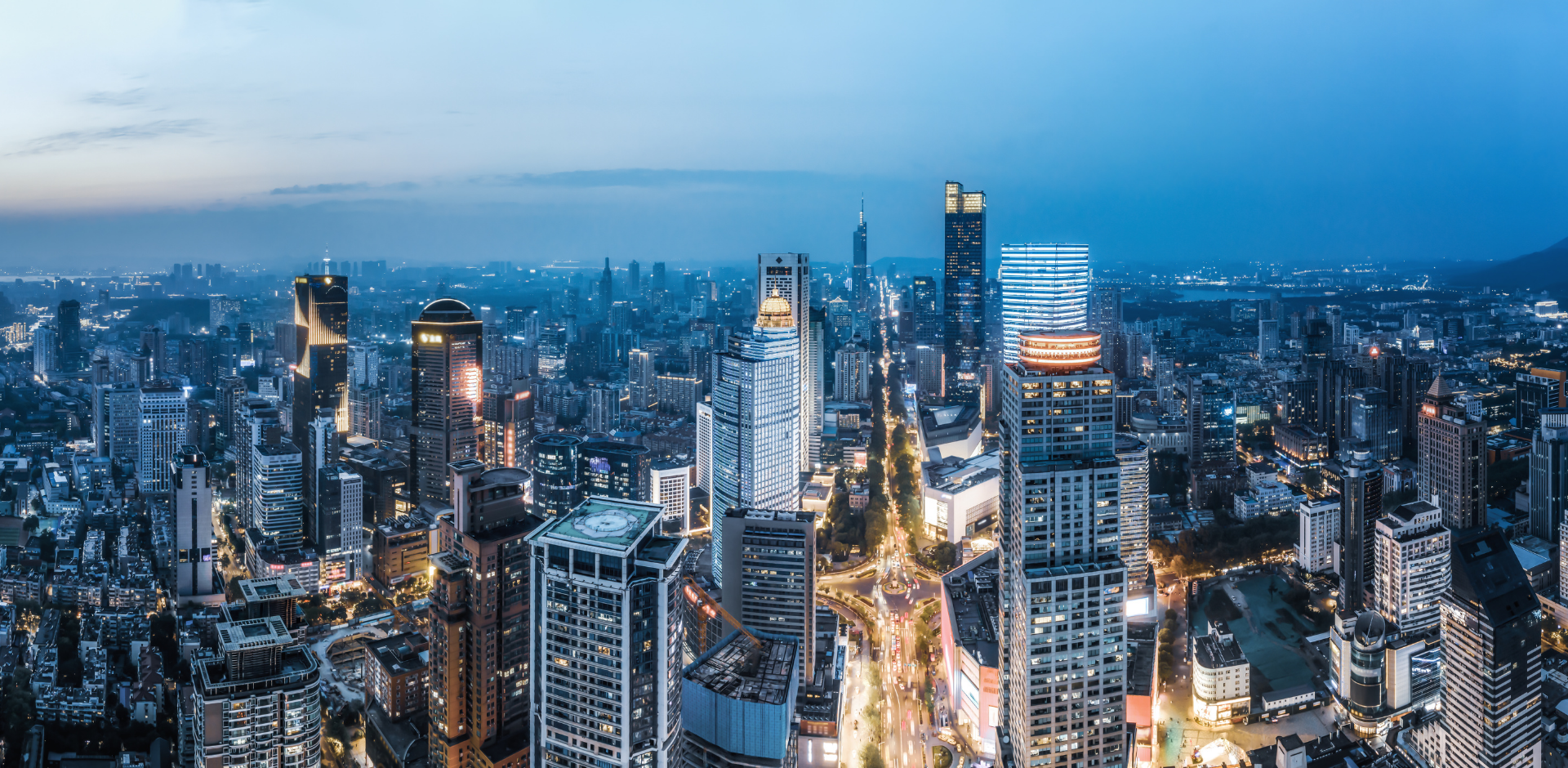Nanjing is one of the six ancient capitals of China, and the capital of Jiangsu Province. The city’s prime location on the Yangtze River, in the "Golden Triangle" area, makes it an important city to the regional and national economy. Click here for the tourism website of Nanjing.

Sun Yat-sen Mausoleum
The mausoleum of Sun Yat-sen, a pioneer of China's democratic revolution, features a blend of Chinese and Western architectural styles. Its axis-aligned design symbolizes national revival and is hailed as "the first modern mausoleum in Chinese architectural history".
Ming Xiaoling Mausoleum
The tomb of Emperor Zhu Yuanzhang and Empress Ma, a UNESCO World Heritage Site. Known for its stone statues along the Sacred Way and the pioneering "front court, rear resting area" layout.
Linggu Temple
An ancient temple from the Southern Dynasties, famous for its Beamless Hall and Linggu Pagoda, surrounded by Republic-era buildings and autumn osmanthus blooms.
Confucius Temple and Qinhuai River
A Confucian temple and cultural hub along the Qinhuai River, renowned for the Imperial Examination Museum and local delicacies.
Laomendong
A historic district with Ming-Qing architecture, traditional residences, and city walls, featuring intangible cultural heritage crafts and local cuisine.
Presidential Palace
Former site of the Nationalist Government, now a museum showcasing modern Chinese political history, combined with classical Jiangnan gardens.

Nanjing is the capital of Jiangsu province in eastern China and has a prominent place in Chinese history and culture, as one of the nation’s seven ancient capital cities.
Located in the lower Yangtze River drainage basin and Yangtze River Delta economic zone, Nanjing has long been one of China's important cities. It is recognized as one of the Four Great Ancient Capitals of China. It was the capital of Wu during the Three Kingdoms Period and the capital of the Republic of China prior to the Chinese Civil War.
Nanjing is also one of fifteen sub-provincial cities in the People's Republic of China's administrative structure, which enjoy special jurisdictional and economic autonomy.

Xuanwu Lake
One of Jiangnan's "Three Famous Lakes", a former imperial garden with boating and lakeside trails, offering seasonal landscapes.
Niushou Mountain
A Buddhist cultural site housing the Buddha's parietal relic in the grand Futodome Palace, blending modern architecture with religious significance.

Nanjing Museum
Nanjing Museum, one of China's three major museums, was founded in 1933 and originally established as the National Central Museum. It houses over 400,000 cultural relics, spanning from the Paleolithic Age to modern times. Highlights include the Han Dynasty jade burial suit and Ming Dynasty underglaze red porcelain, offering a comprehensive glimpse into China's historical and cultural heritage.
Nanjing Brocade Museum
Established in 1982, Nanjing Brocade Museum is China's first museum dedicated to Yun Brocade, known as the "Gem of the East." With over 1,600 years of history, Yun Brocade features intricate techniques like "pattern tying" and was exclusively used by Chinese royalty. The museum showcases traditional looms, live weaving demonstrations, and Ming-Qing dynasty imperial brocade masterpieces.
Dabaoen Temple
Ruins of a Ming-era royal temple, featuring an underground palace and modern light exhibitions that revive its past glory, highlighting Buddhist culture.
Jiming Temple
One of Nanjing's oldest Buddhist temples (built in the Western Jin Dynasty), famous for cherry blossoms and the Medicine Buddha Pagoda, offering views of Xuanwu Lake.
Memorial Hall of the Victims in Nanjing Massacre
Established in 1985 at the site of the Jiangdongmen Massacre, this memorial is China’s first national top-grade museum dedicated to the 1937 Nanjing Massacre by Japanese invaders. It exposes wartime atrocities through photographs, artifacts, and survivor testimonies, honoring 300,000 victims. Key exhibits include the Mass Grave Site, Victims' Memorial Wall, and Peace Square, emphasizing remembrance and the pursuit of global peace.
Shangri-La Nanjing is a 10-minute drive from the Nanjing Railway Station and 45-minute drive from Nanjing Lukou International Airport. The metro station and picturesque Xuanwu Lake are walking distance from the hotel.
Please consult the Concierge, who will ensure you arrive at your destination comfortably and on time.

